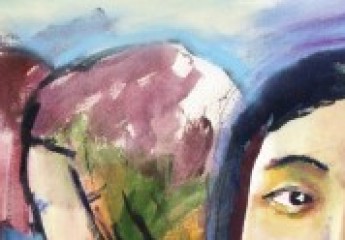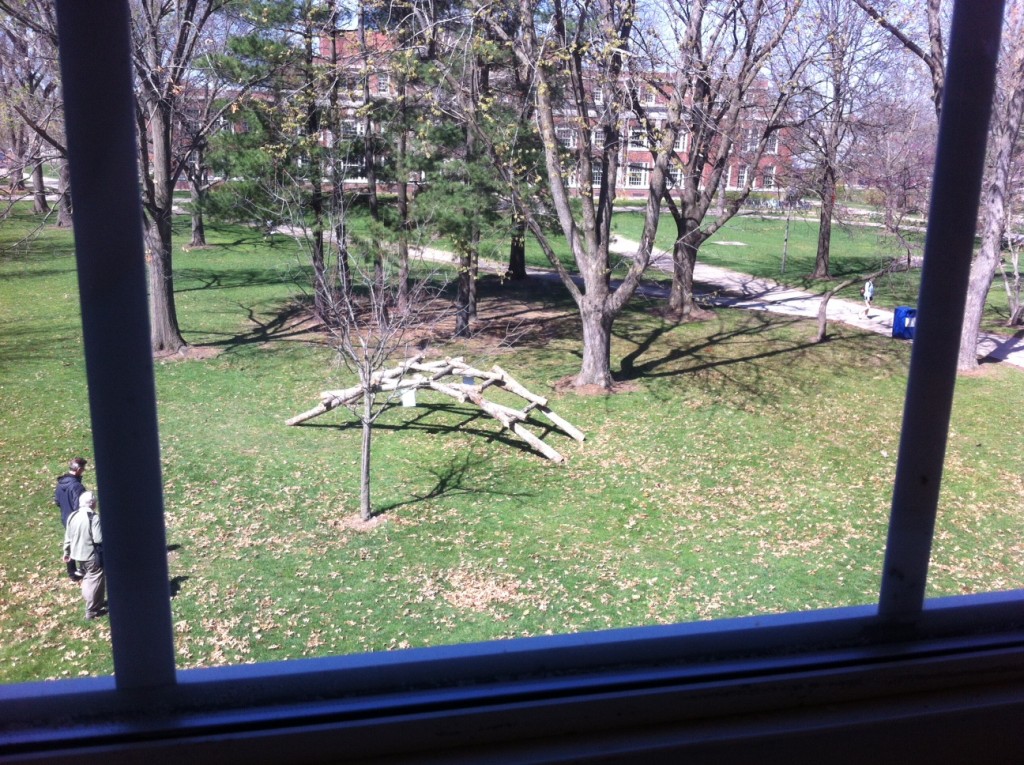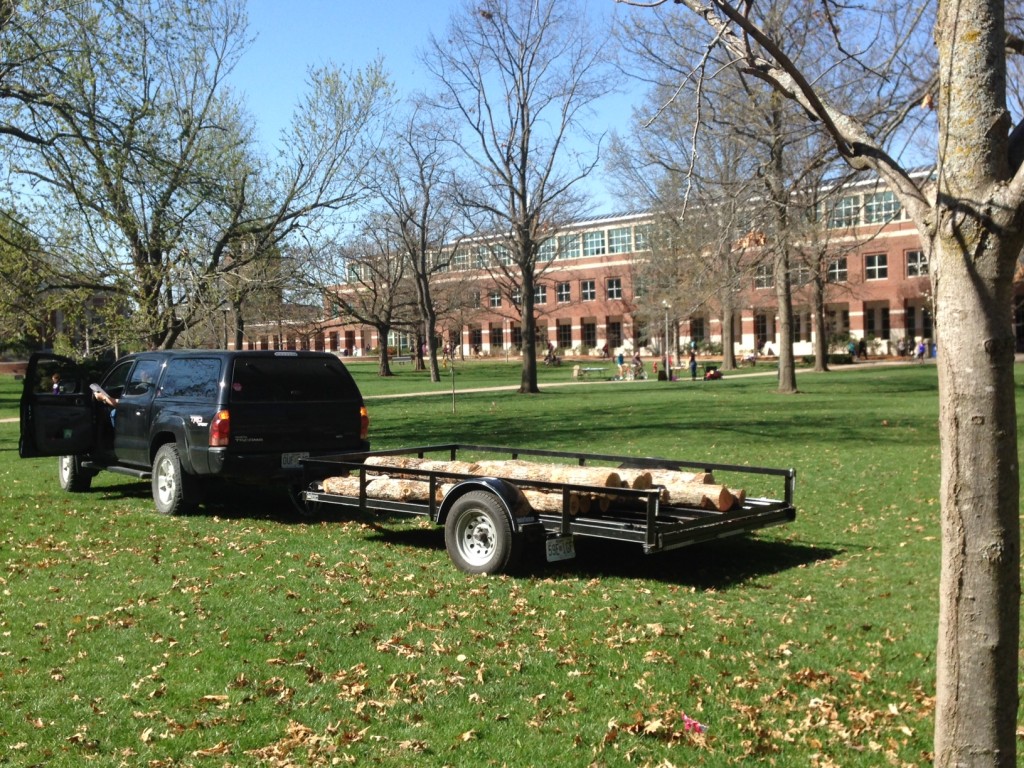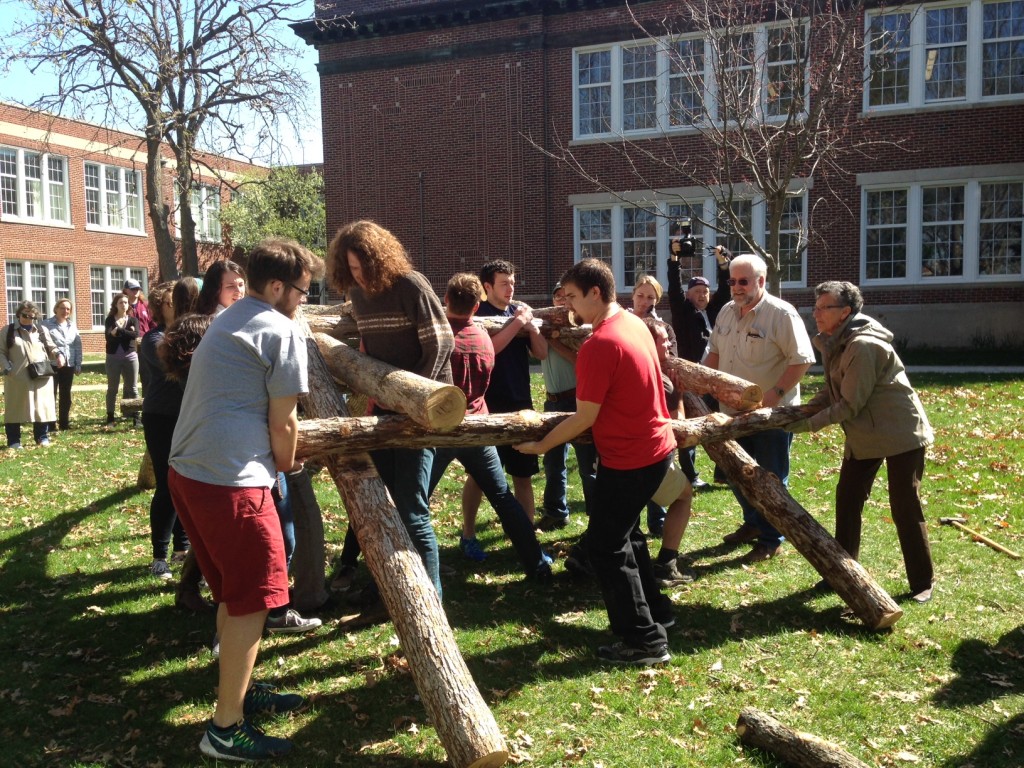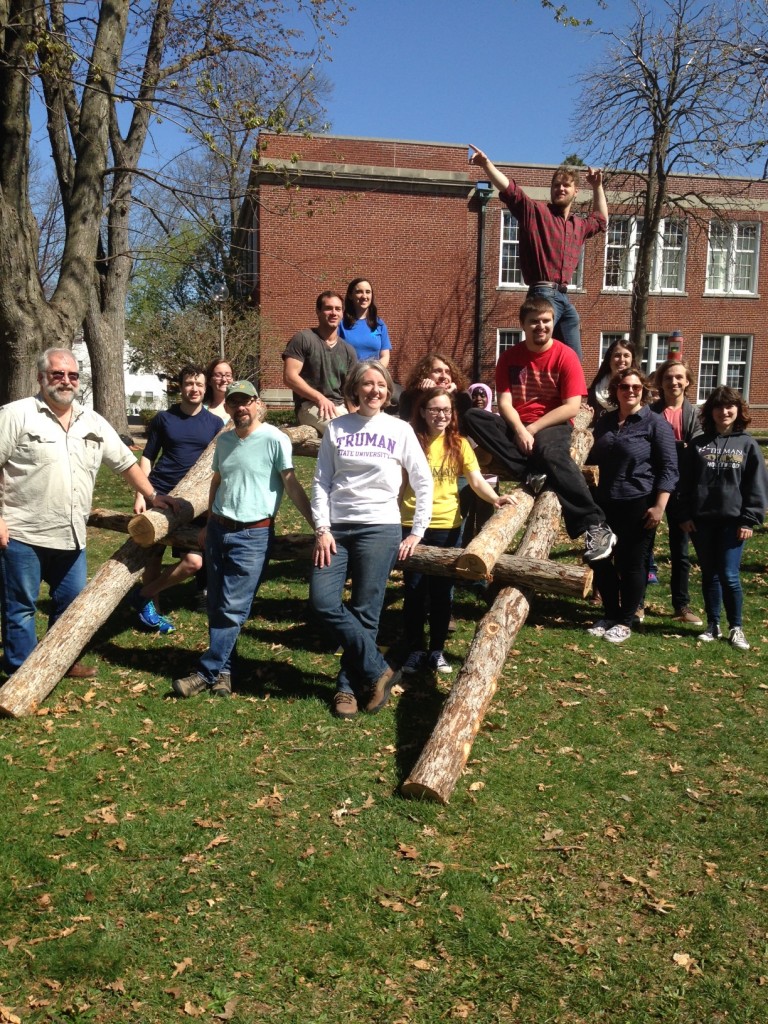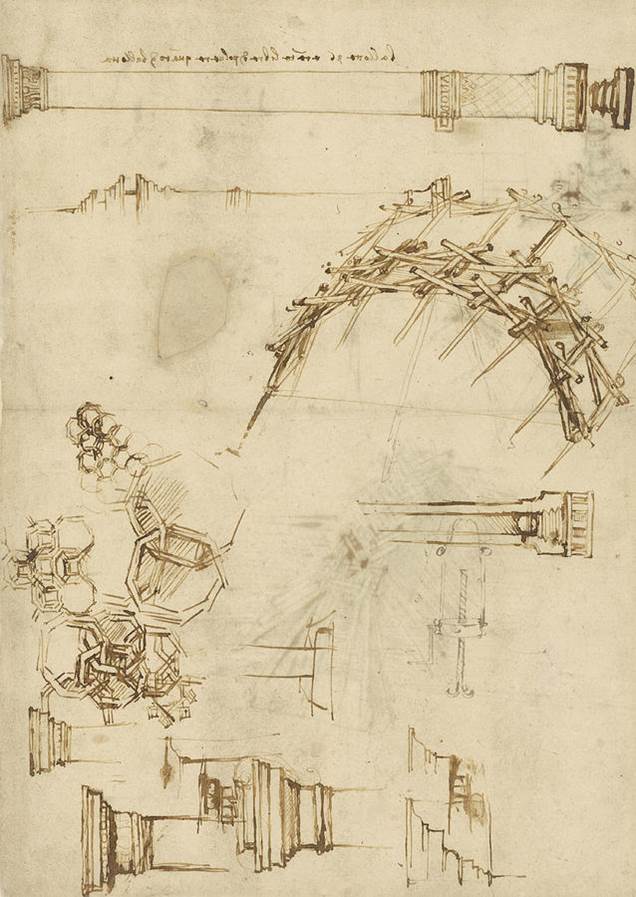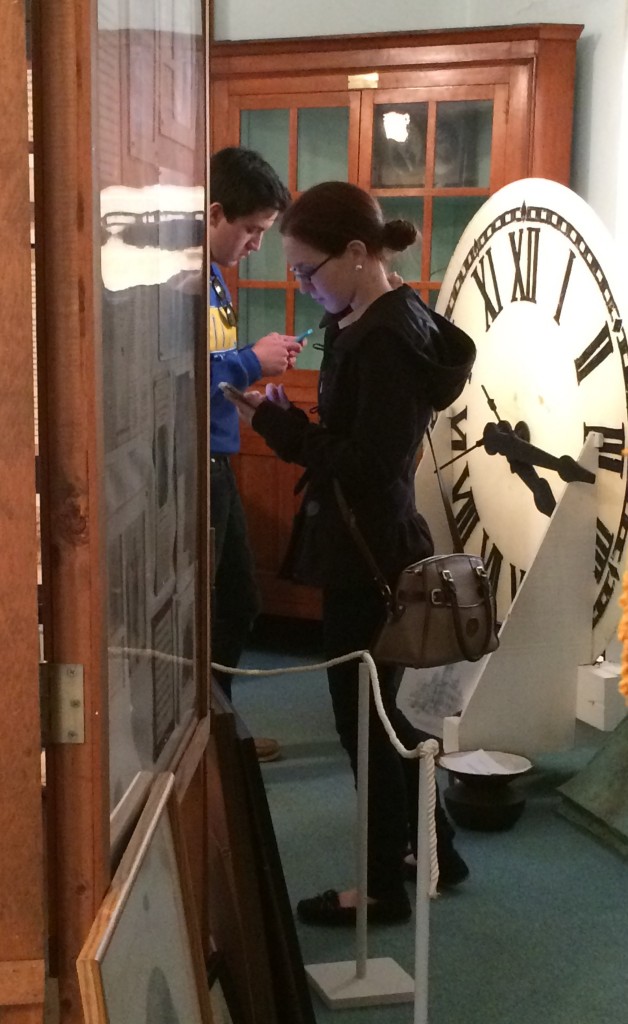Prof. Priya Kambli (Studio Art: Photography) presented her recent project, Kitchen Gods, at Truman’s Faculty Research Conference on campus last week. Her abstract for the talk appears below. Prof. Kambli has also recently joined the Caucus for Faculty Scholarship organizing committee as well. Congratulations, Prof. Kambli!
Project Description
One of my most startling early childhood memories is of finding one of my father’s painstakingly composed family photographs pierced by my mother. She cut holes in them so as to completely obliterate her own face while not harming the image of my sister and myself beside her. Even as a child I was aware that this act was quite significant—but what it signified was beyond my ability to decipher. As an adult I continue to be disturbed by these artifacts, which not only encompass the photographer’s hand but also the subject’s fingerprints. Even though her incisions have a violent quality to them, as an image-maker I am aesthetically drawn by the physical mark, its presence and its careful placement.
These marred artifacts have formed a reference point and inspiration for my new body of work, Kitchen Gods, but they do not limit the form my own work takes. I am fascinated by how the presence of a meditated mark alters and complicates the read of an otherwise mundane family portrait. My need to decipher and address my family photographs is personal. My work is rooted in my fascination with my parents—both of whom died when I was young. Therefore for me these family photographs hold even more mythological weight. In my work I labor to maintain my parents and ancestors the way Indian housewives do their kitchen deities.
I work directly with and on my family photographs building tableaux and memories—embedding marks and patterns in and on them. Like my mother I alter the stories they tell. My choice of materials, methods and approach are usually informed and driven by specific details within the family photographs themselves. I gravitate to materials that are humble, my preference being for things that are domestic and modest in nature—grounded in everyday use. In my work I re-contextualize the familial qualities of these materials for my own artistic and creative purposes, but also as a way of embellishing my past and connecting it to the present. The alterations I make to these photographs, the use of pattern in and on top of the object, have been described as a form of fenestration. Though they obscure the image, they create windows through which underlying structures are revealed.
I propose to discuss my latest series of photographs entitled Kitchen Gods in a presentation that addresses women’s photographic practices (both as photographer and photographer’s subject) and the reinterpretation of my family’s amateur photography archives. The images, digitally collaged and physically manipulated family photographs, engage with prints taken by my father and later defaced by my mother, in ways that address memory, loss, and the passing away of both these parents at an early age.
